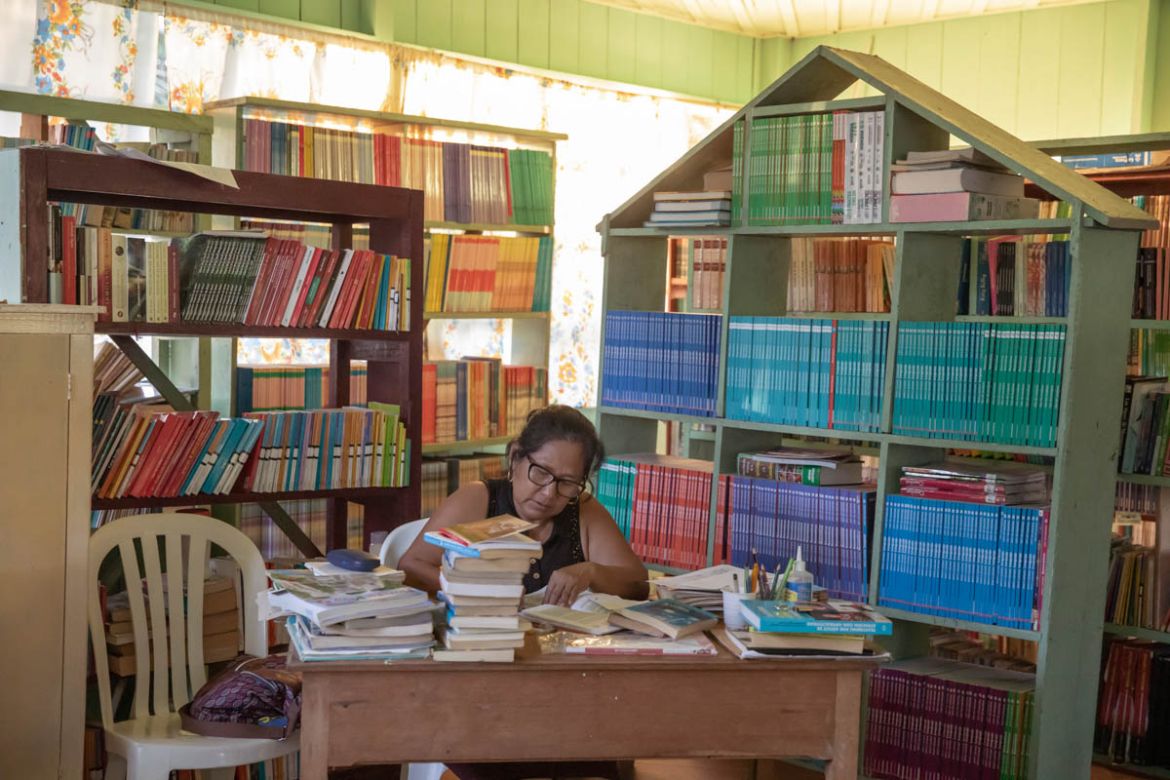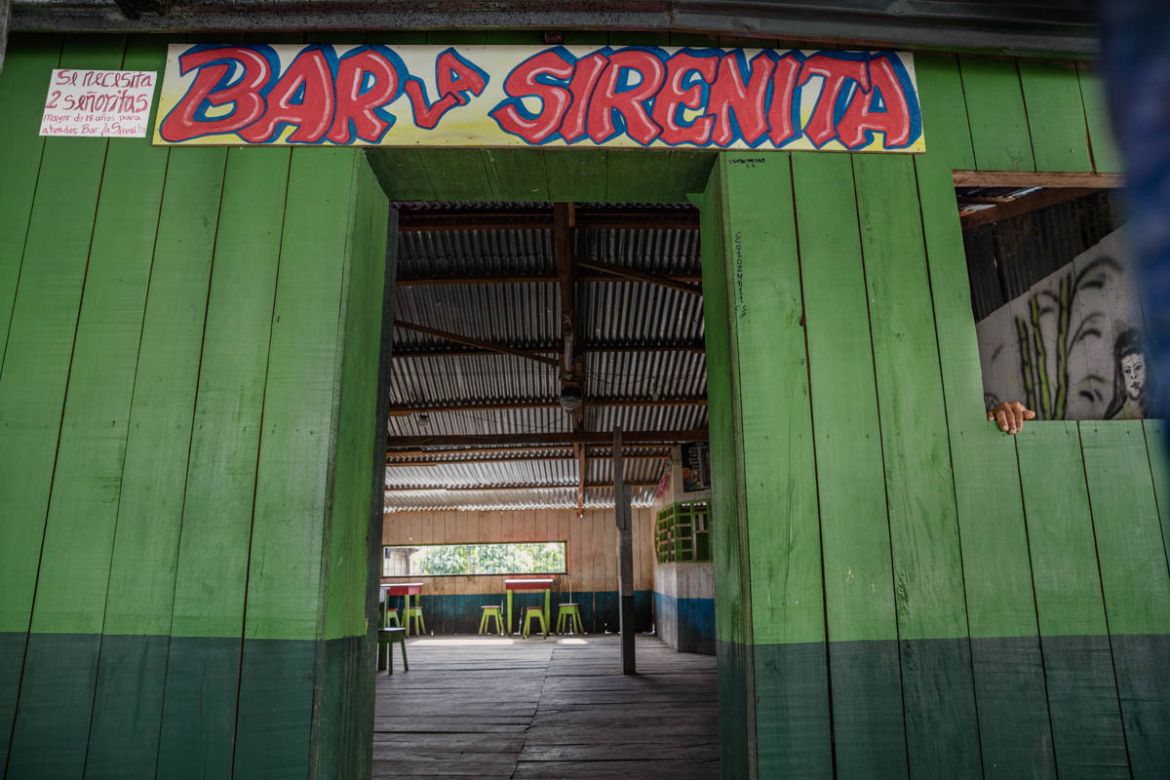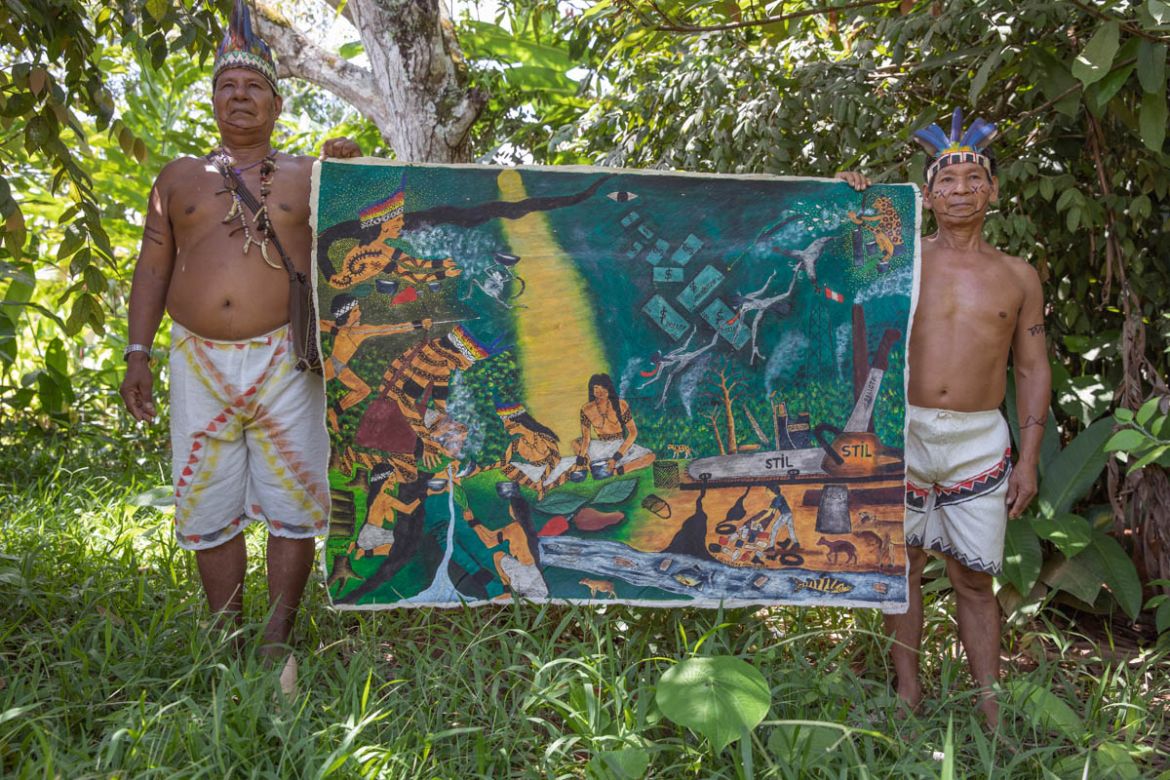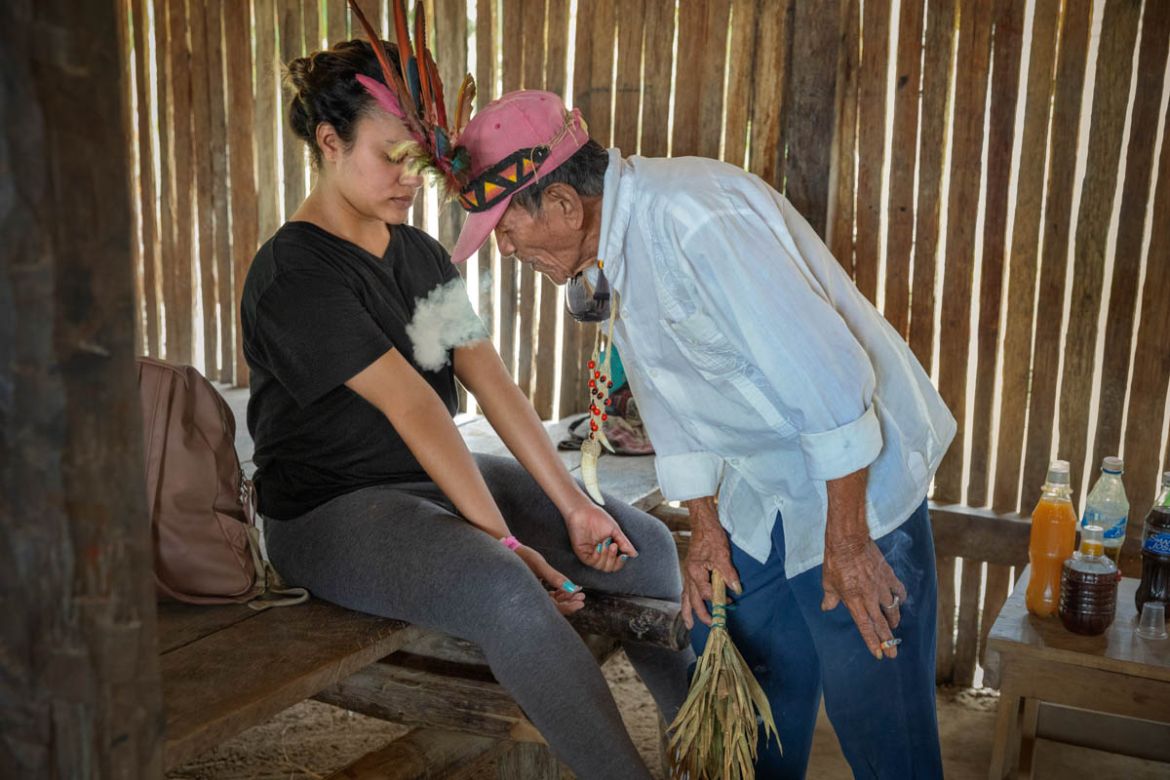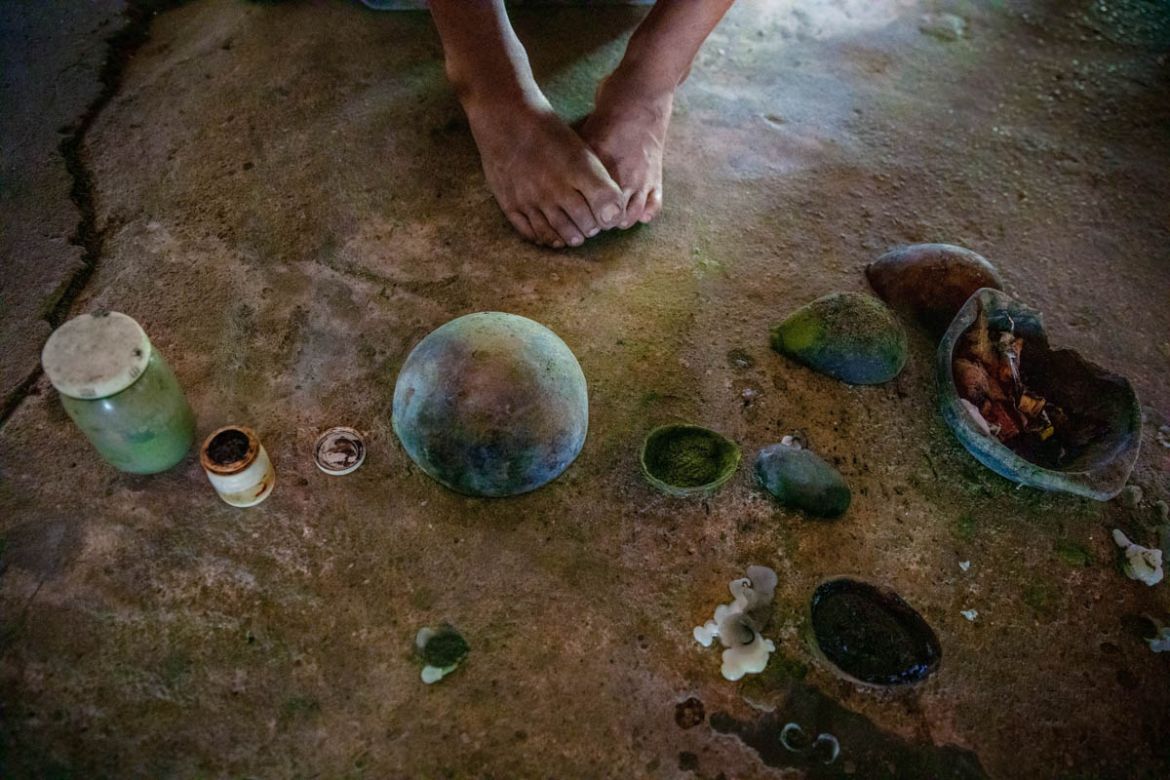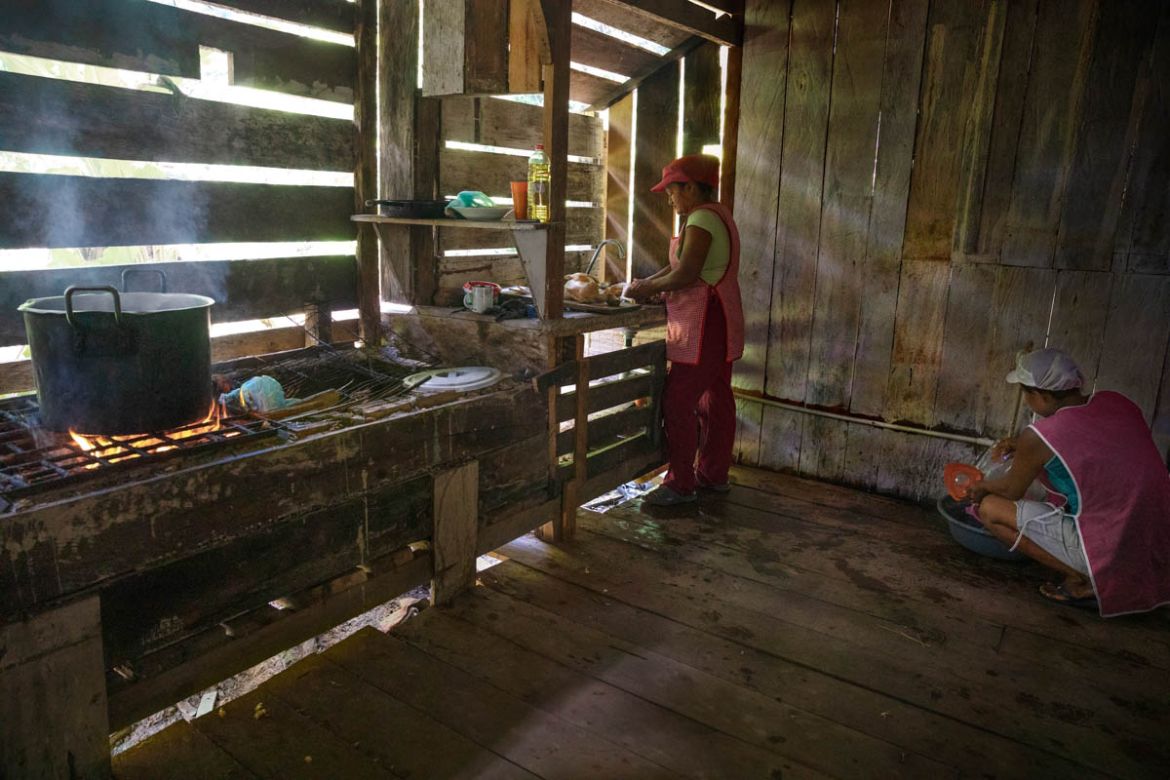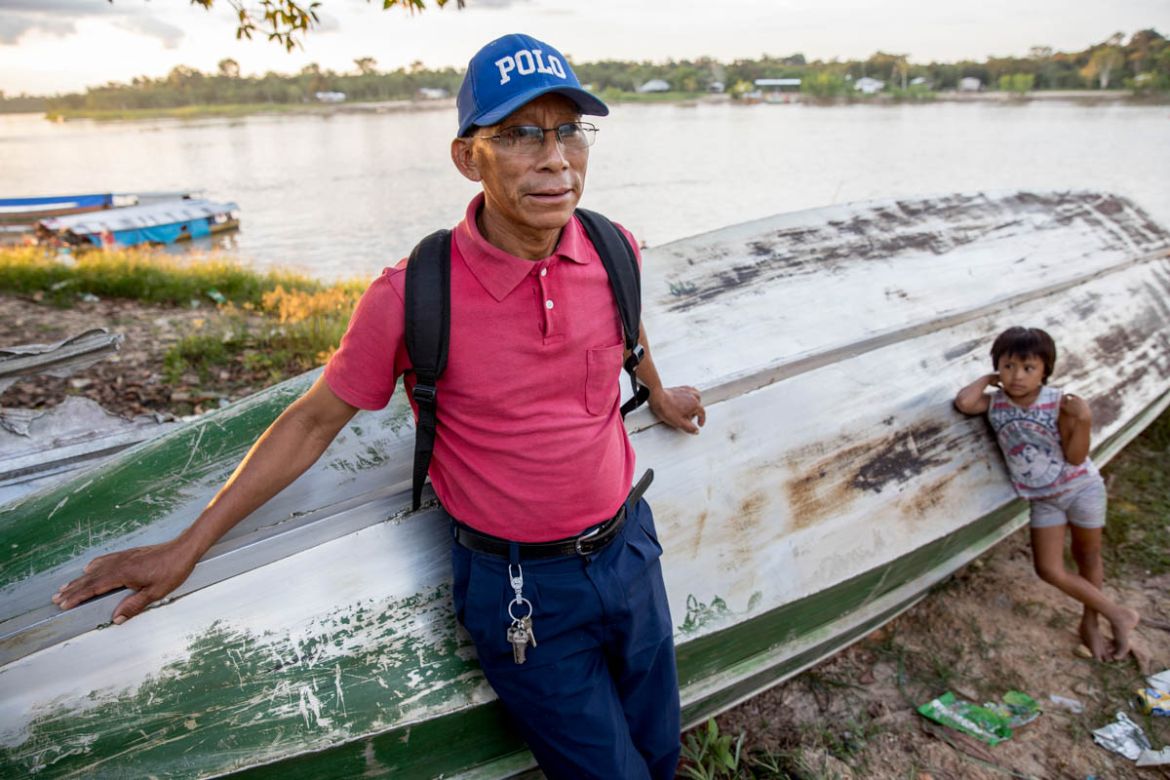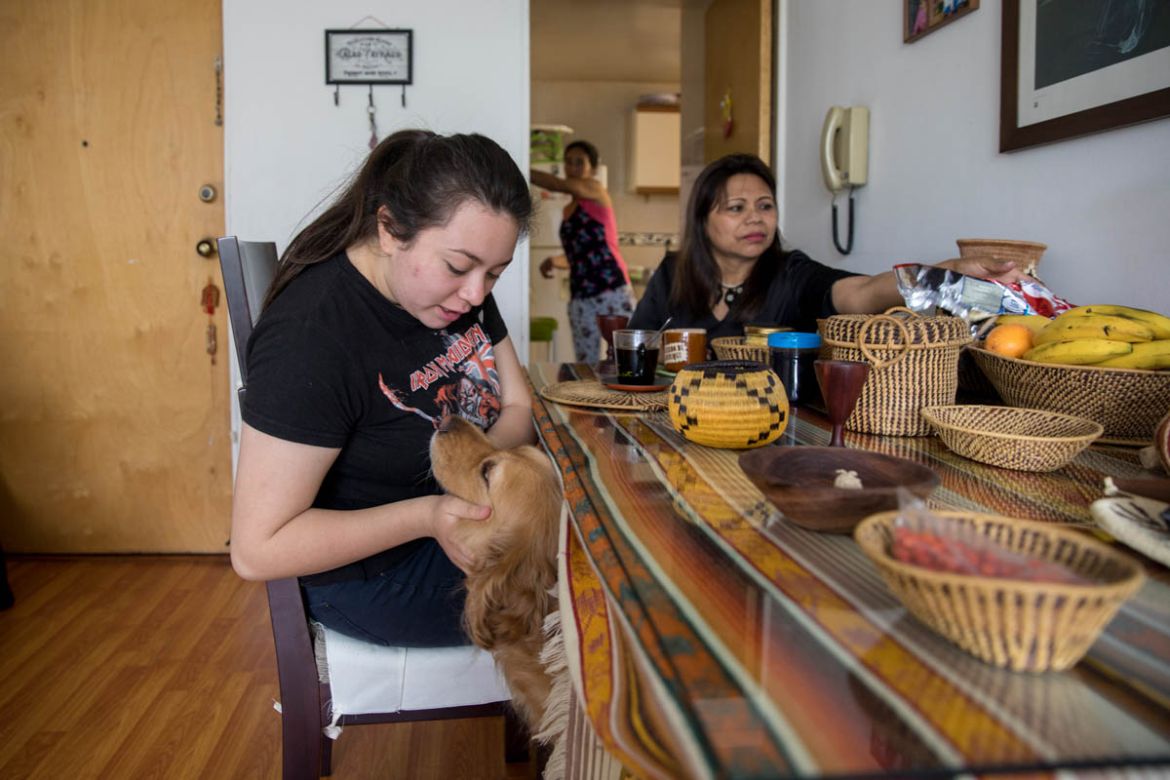In Pictures
In Pictures: Fighting to survive when the Amazon is under attack
Why protecting indigenous rights is central in the effort to protect the vast Amazon rainforest.

Indigenous peoples constitute 5 percent of the world’s population, but they manage a third of the Earth’s forests and serve as caretakers for 80 percent of the biodiversity on the planet, according to the UN Food and Agricultural Organization.
For centuries, indigenous groups have protected the Amazon rainforest, the so-called “lungs of the plant”. Today, the rights of these groups are under threat by the economic interests of the extractive industries that are rapidly expanding in the region under the cover of institutional policies.
That was put into focus earlier this year as swathes of the Amazon rainforest in Brazil and other South American countries, including Colombia and Peru, burned at rates not seen in years.
Many in Brazil have blamed the policies of President Jair Bolsonaro, who says opening up the Amazon is needed for economic growth. Indigenous groups in particular have decried his effort to open up their land for exploration.
In Peru, indigenous groups have continued to battle illegal loggers and miners. And in Colombia, a power vacuum left by the 2016 peace deal has led to increased deforestation.
Changes in land use, intensive agriculture, deforestation, river pollution, human trafficking, drug trafficking, and large-scale fishing are just some of the challenges indigenous groups in the region continue to face as they remain at the forefront to protect the Amazon rainforest.

![“CASAI or Casa del Indio [Indian House], is a space that offers support, a waypoint. In the villages, they have only primary health care. When people need more specific treatment they come here. We ar](/wp-content/uploads/2019/09/afb30dd42f8049cba214358e5ef84ec7_8.jpeg?fit=1170%2C780&quality=80)

